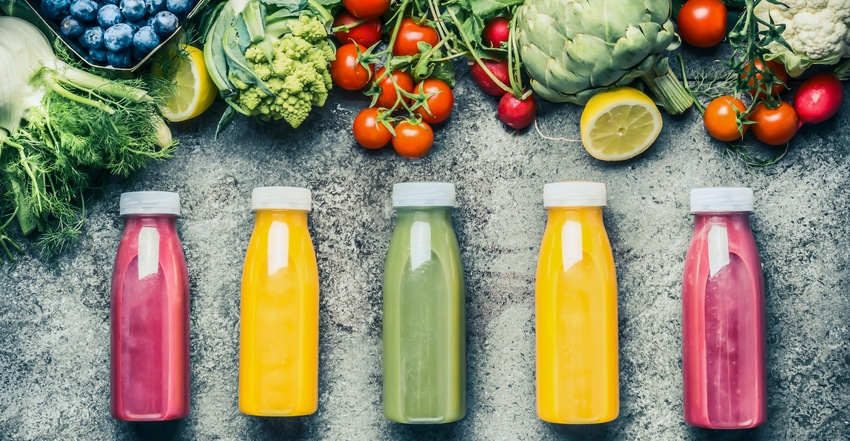Food and beverage brands looking to bring products to market with natural colors and flavors need to consider the following factors impacting product innovation.

Making the artificial-to-natural switch is no walk in the park, especially when it comes to flavors and colors. While swapping synthetic colors and flavors for natural options requires attention, communication and a tolerance for repetition, going au natural is a good thing and fuels innovation in the growing clean label sector. Brands looking to bring products to market with natural colors and flavors need to consider the following factors impacting product innovation.
Understand formulation challenges. Natural colors are sensitive to pH and can experience fading due to heat during processing and light; therefore, product developers must choose natural colors that will maintain intensity throughout processing and on the shelf. Despite these challenges, certain methods can protect the integrity of the product when formulating with these colors, such as masking agents and packaging with a UV barrier. Flavors also present unique challenges, especially when working with proteins and botanicals that can bring off-notes and bitterness. Long or harsh cooking processes also can cause flavors to break down.
Keep an eye on costs. Natural colors and flavors carry a higher price point than their synthetic counterparts, mainly due to sourcing and extraction costs. When deciding whether to go natural, brands must consider cost in use, especially for products that carry a low price point. What’s more, going natural depends on Mother Nature, and supply chains can be disrupted by adverse weather conditions such as hurricanes, freeze and flooding.
Identify the whitespace. Colors and flavors are found in nearly every food and beverage product; however, a few categories are seeing increased use in natural alternatives. Consider that sparkling water category that’s seeing tremendous innovation with unique flavors and flavor pairings. Many brands are marketing sparkling water as mocktails or low-calorie mixers to appeal to the growing base of consumers looking for unique flavor experiences with little or no calories or alcohol. Examples include LaCroix’s mojito-inspired beverage that mingles fresh mint and tangy lime notes, and Petal Sparkling Botanicals’ Lemongrass Dandelion and Peach Marigold beverages that incorporate antioxidant-rich botanical ingredients with natural flavors.
For more on natural colors and flavors, check out INSIDER's digital magazine.
About the Author(s)
You May Also Like






.png?width=800&auto=webp&quality=80&disable=upscale)